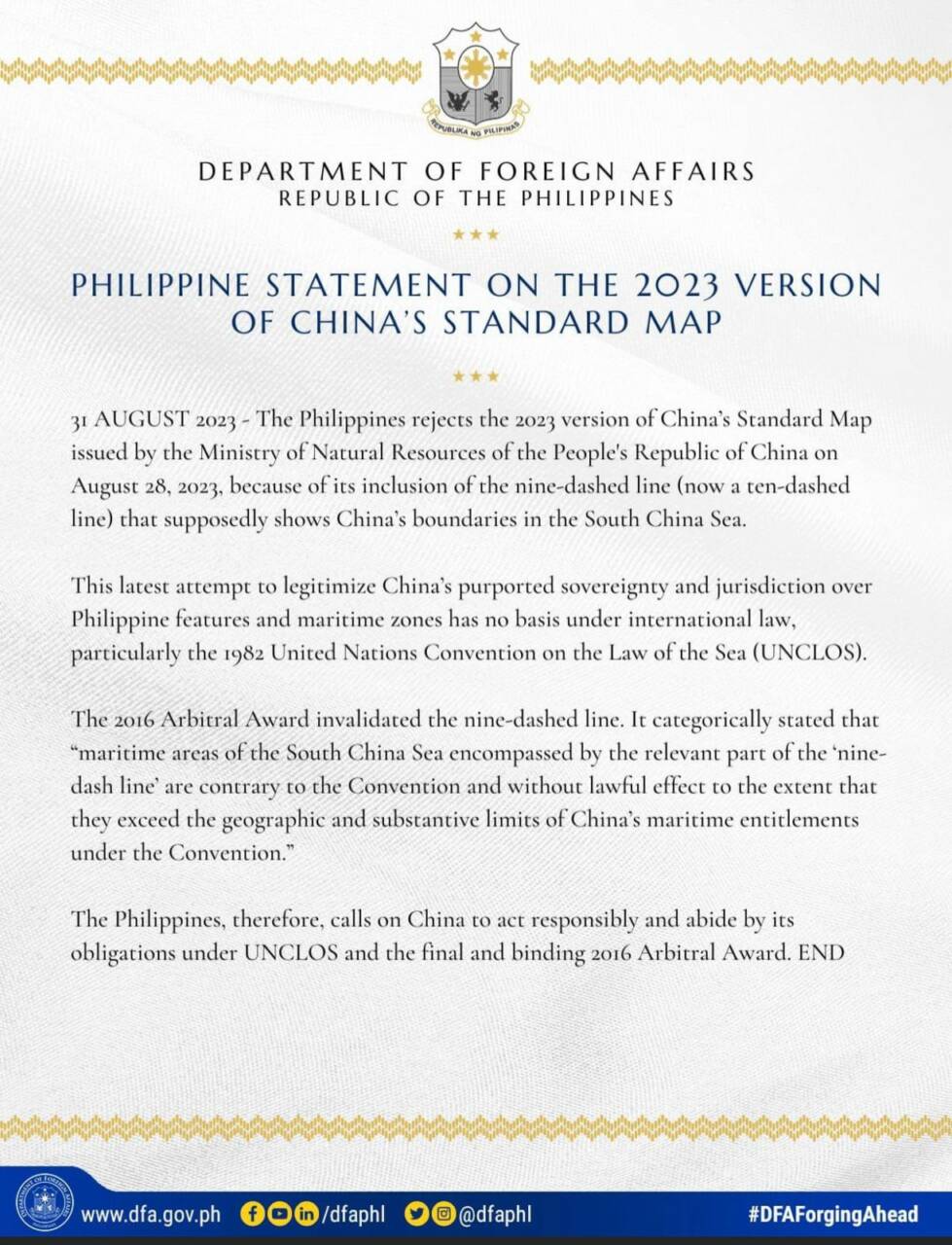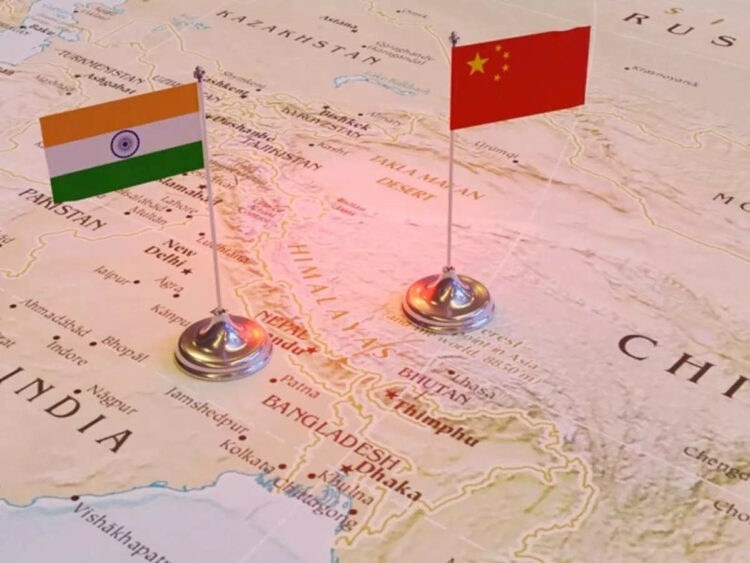The People’s Republic of China continues to receive brute criticism from the countries that were antagonized after its Ministry of Natural Resources displayed the new controversial map.
On September 1, 2023, the Southeast Asian Nation of Vietnam released a statement saying that the map violates its sovereignty over the Paracel and Spratly Islands and jurisdiction in the waters.
Pha Thung Hang, the spokesperson of the Vietnamese foreign ministry, said that Chinese sovereignty and maritime claims on the basis of the Nine Dash line were highly invalid and added that his country resolutely opposes all of China’s claims in the South China Sea based on the dotted line.
India
India was the first country to have raised a strong protest and opposition to the release of the new map, and during a media interaction, the External Affairs Minister of India, Subramaniam Jaishankar, pointed out the fact that this is not the first time China resorted to these tactics.
“It is an old habit of theirs. These territories are very much an integral part of India. This government is very clear what our territories are Making absurd claims does not make other territories yours,” the Minister of External Affairs said during an interaction with a media agency.
Philippines
The Filipino Ministry of Foreign Affairs said that the new map is an attempt by China to legitimise purported sovereignty and jurisdiction over the Philippines’ features and maritime zones and has no basis under international law and UNCLOS (United Nations Convention on Law of Sea) enforced in 1982.

Malaysia
When asked about the new map, the Malaysian Foreign Ministry has stated that the new map does not hold any binding authority over the country, which also sees the South China Sea as a complex and sensitive matter.
Taiwan
The Foreign Ministry spokesperson, Jeff Liu, said Taiwan was absolutely not a part of the People’s Republic of China.” No matter how China twists its position on Taiwan’s sovereignty, it cannot change the fact of our country’s existence,” he said in a press briefing.
Chinese Cartographic Hegemony
Apart from the Line of Actual Control (LAC), China is making rapid forays into the Indian Ocean Region (IOR) and the South China Sea, where it is at loggerheads with Southeast Asian Nations like Vietnam, Philippines, Malaysia, Brunei, etc.
The South China Sea Dispute
The South China Sea is a main shipping route and is located close to the Strait of Malacca and the Western arm of the Pacific Ocean. It connects the Indian Ocean with the Pacific Ocean.
There are contesting claims in the region: The Paracel Islands are hotly contested by Vietnam, China, and Taiwan. The Spratly Islands are claimed by China, Taiwan, Vietnam, and Brunei, along with the Philippines. The Scarborough Shoal is claimed by the Philippines, China, and Taiwan.
The Chinese claim the entire South China Sea as well as the entire energy resources below it. All these claims are based on the Nine Dash line, which is a U-shaped line that encompasses the majority of the waters of the sea. It also constructed artificial islands and reefs and then converted them into military bases. Examples are Fiery Cross Reef and Johnson Reef.
The sea is a part of the Indo-Pacific Region, and the United States of America and its QUAD (Quadrilateral Security Dialogue) allies are of the opinion that the region must be free, open, and inclusive to all. India is also a member of QUAD and regularly participates in the Malabar Naval Exercises to oppose Chinese domination in the region.
The region is also crucial for China as through this route, goods from China will reach international markets. During peacetime, the routes will be open, but they can be closed in war and conflict. The entire imports and exports of China will be impaired, and it cannot afford that at any cost. Hence, it wants the sea to be under its control.



















Comments